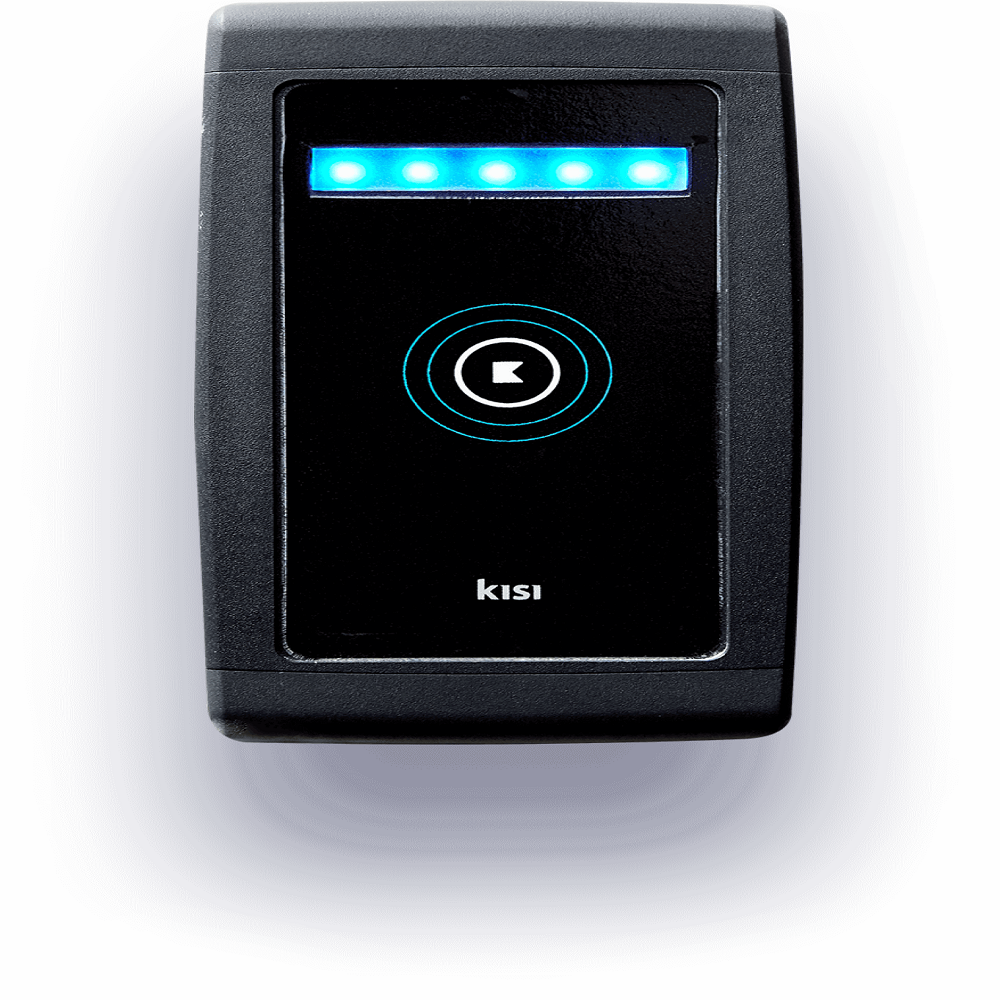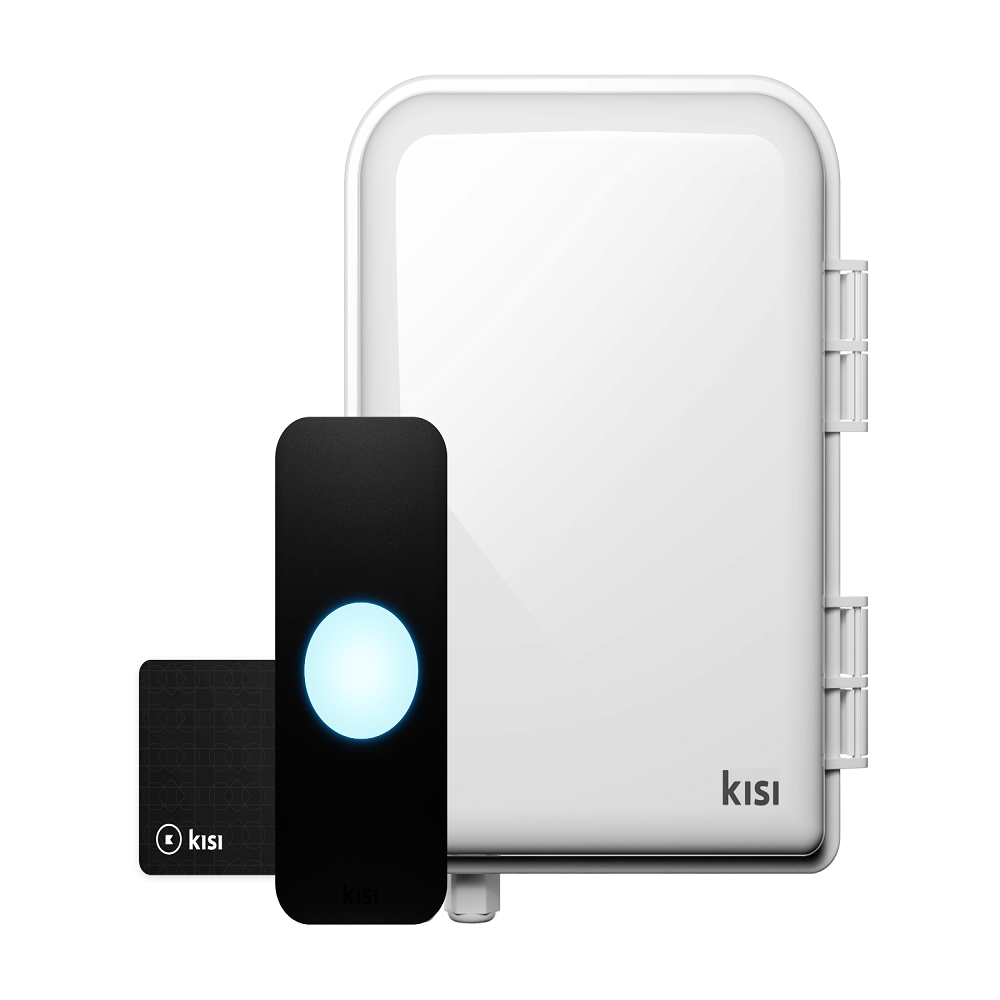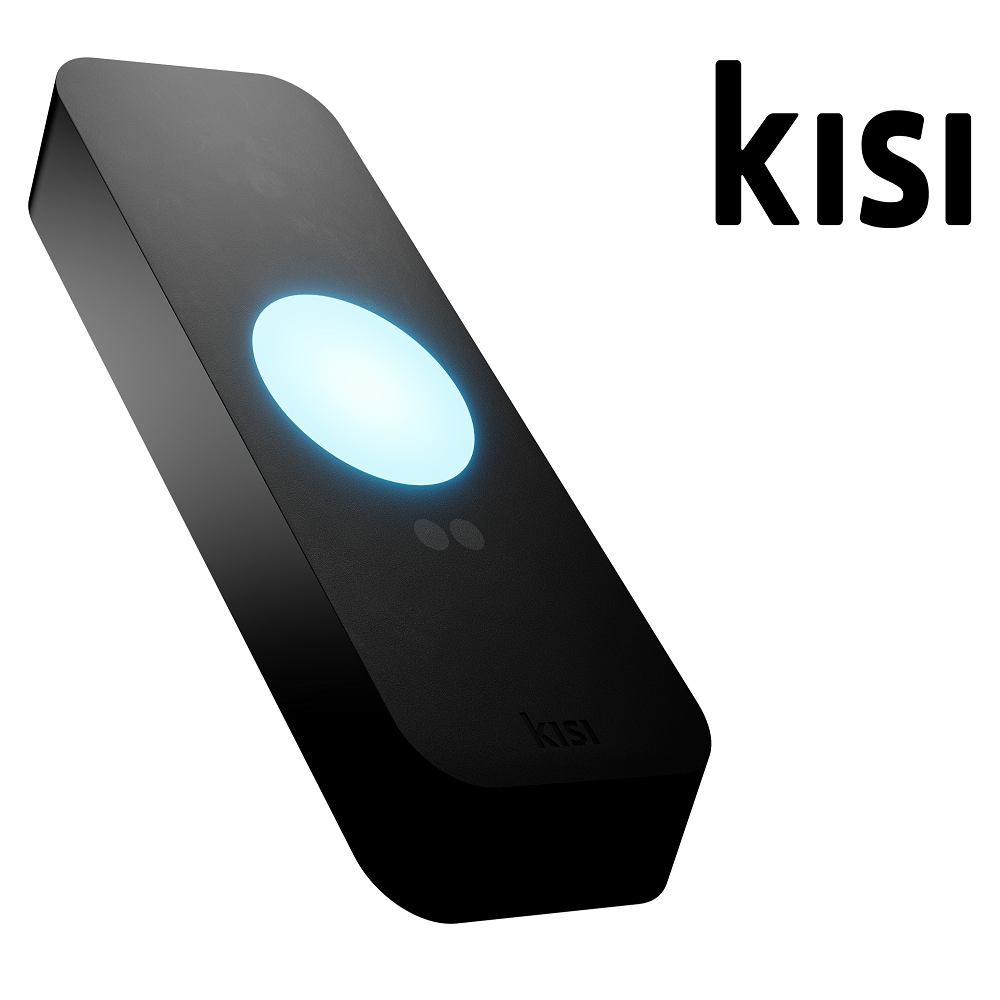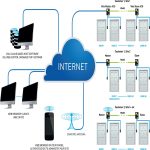Introduction to Kisi Access Control Solutions
Kisi offers state-of-the-art access control solutions that cater to modern security needs. It stands out with its user-friendly design and robust technology. Let’s explore the critical elements of Kisi access control systems.
Understanding the Kisi Ecosystem
At its core, the Kisi ecosystem comprises hardware and software components. The hardware includes card readers, door controllers, and wiring infrastructure. On the software side, Kisi provides a cloud-based platform. This platform allows for remote management of access permissions.
Features of Kisi Access Control
Kisi’s access control is feature-rich. It supports various entry methods, including mobile, card, and fob access. It also allows for detailed user access levels. This ensures that only authorized personnel can access specific areas. Real-time monitoring and reporting are other standout features. They provide valuable insights into building access patterns.
Kisi’s Commitment to Security
Kisi takes security seriously. It implements encryption protocols for data security. These ensure that communication between devices and servers is protected. Kisi also offers multi-factor authentication. This adds an extra layer of security for user verification.
Choosing Kisi access control means opting for a seamless and secure entry system. It can handle the demands of modern businesses and facilities. The next sections will delve into the benefits and installation processes for Kisi systems.

Benefits of Using Kisi for Secure Access
Choosing Kisi access control offers a range of benefits that can enhance security and convenience for businesses and facilities. Here are some of the key advantages:
- Enhanced Security: Kisi’s advanced encryption and multi-factor authentication features ensure that access to your facilities is secure. This significantly reduces the risks of unauthorized entry.
- Easy Management: The cloud-based platform allows administrators to manage access permissions remotely. You can update, revoke, or assign access from anywhere, at any time.
- Flexible Access Options: With Kisi, users have multiple ways to gain entry, including through mobile devices, cards, or fobs. This variety caters to different preferences and makes the system more user-friendly.
- Real-Time Insights: Stay informed with real-time monitoring and reporting. Track who enters and leaves your facility, and at what times, to better understand access patterns.
- Scalability: Whether you’re securing a small office or a large building, Kisi can scale to meet your needs. It’s designed to handle any number of users and entry points with ease.
- Integration Capabilities: Kisi plays well with other security systems, allowing for seamless integration and a more robust security strategy. Combine it with surveillance cameras or alarm systems for comprehensive protection.
- Reliability: Kisi’s technology is not only robust but also highly reliable. Enjoy peace of mind with a system that consistently performs as expected, ensuring that your operations run smoothly.
By incorporating Kisi access control into your security plan, you can expect a modern solution that offers convenience without compromising on security. The ability to manage and monitor access with such precision is a game-changer for modern enterprises and institutions.
Pre-Installation Checklist for Kisi Systems
Before diving into the installation process, it’s crucial to ensure that everything is in place for a smooth setup. Here’s a comprehensive pre-installation checklist for Kisi access control systems:
- Site Survey: Conduct a thorough survey of the installation site. Identify where the Kisi hardware like card readers and door controllers will be placed.
- Network Requirements: Verify the network infrastructure. Ensure stable internet connectivity as Kisi relies on a cloud-based platform for operation.
- Hardware Compatibility: Check all existing door hardware. Ensure it’s compatible with Kisi devices for seamless integration.
- Power Sources: Locate power sources near each entry point. Kisi devices require an uninterrupted power supply to function optimally.
- User Database: Prepare your user database. This includes compiling a list of individuals who will have access through the Kisi system.
- Access Levels: Define different access levels. Decide who has clearance for specific areas within the premises.
- Installation Tools: Gather all necessary tools and equipment required for the hardware installation. This could include drills, screwdrivers, and mounting hardware.
- Technical Team: Assemble a team with the required technical skills. They will handle the hardware setup and software configuration.
- Backup Plan: Establish a backup plan. This should outline what to do if the system experiences any issues during or after installation.
Preparing adequately before the actual installation ensures that your Kisi access control system is set up successfully and efficiently. This checklist, when followed, can minimize potential hurdles during the installation process.
![]()
Step-by-Step Guide to Kisi Hardware Installation
Installing Kisi access control hardware can be straightforward with the right guidance. Follow these steps to ensure a seamless installation.
- Mounting the Card Readers:Start by positioning the Kisi card readers near the entry points. Make sure they are at a convenient height for users.
- Installing Door Controllers:Door controllers should be installed securely. Choose a location that’s not visible or accessible to unauthorized personnel.
- Aligning the Wiring Infrastructure:Lay out the necessary wiring carefully. Connect each component, including card readers and door controllers, to the power source and network.
- Testing the Connections:Before sealing up any panels or enclosures, test the connections. Ensure that all elements are communicating effectively with each other.
- Finalizing the Setup:Once tested, finalize the installation by organizing cables and securing the hardware. Double-check that all devices are mounted correctly and are operational.
Following these steps, you’ll have your Kisi access control hardware installed and ready for software configuration. Remember, precision and attention to detail are key for the proper functioning of your Kisi system.
Configuring Kisi Software for Optimal Performance
Configuring the Kisi software is crucial for ensuring your access control system runs smoothly. Here is a step-by-step guide to help you optimize Kisi’s software for the best performance:
- Set Up User Accounts: Begin by creating user accounts in the Kisi app. Assign each individual their access levels based on your pre-defined settings.
- Assign Access Privileges: For each user, assign the right privileges. Make sure they match the access levels you have outlined before.
- Customize Settings: Tailor the software settings to your needs. Choose notification preferences and adjust features like two-factor authentication.
- Update Software Regularly: Keep your system up to date. Regular updates ensure you have the latest security features and bug fixes.
- Run Tests Regularly: Regularly test the software to check for any issues. This keeps the system reliable and secure.
- Train Your Staff: It’s important to train staff on how to use the Kisi software. This will minimize user errors and improve security.
By following these steps, you can harness the full potential of Kisi’s powerful features. You will not only secure your facility but also provide an effortless experience for users. Remember, effective configuration leads to a highly efficient and secure access control system.
Integrating Kisi with Other Security Systems
Integrating Kisi access control with existing security systems enhances overall security infrastructure. This blend creates a cohesive and fortified environment. Here’s how you can bring Kisi into your current setup:
- Assess Compatibility: Begin with evaluating your current security systems for compatibility with Kisi. Ensure they can communicate effectively.
- Centralized Management: Aim for a centralized security management system. This simplifies overseeing Kisi access control alongside other security measures like cameras and alarms.
- API Integration: Use Kisi’s open API to integrate with other software. This allows for seamless data exchange and functionality between systems.
- Professional Consultation: Get expert advice. Consult with security specialists to ensure a smooth integration process.
- Regular Testing: After integration, conduct regular tests. This ensures all components work together without issues and maintain security integrity.
- User Training: Educate your team about the integrated system. Adequate training ensures everyone knows how to operate the new setup efficiently.
By following these steps, Kisi can work in tandem with other security systems, providing enhanced protection and user convenience. Always remember that integration is not just about connecting systems; it’s about refining the security ecosystem for peak performance.
Best Practices for Managing Access with Kisi
Managing access with Kisi access control can streamline your security operations. Here’s a list of best practices to optimize your use of Kisi systems:
- Regularly Update User Permissions: Keep your user permissions up-to-date. Review and revise access rights as roles change within your organization.
- Monitor Access Logs: Check your access logs frequently. This helps detect unusual patterns that might indicate security breaches.
- Enforce Strong Authentication: Ensure users employ strong authentication methods. This includes using secure passwords and multi-factor authentication where possible.
- Run Periodic Security Audits: Conduct security audits regularly. Assess the effectiveness of your access control settings and make adjustments as needed.
- Provide User Training: Offer training sessions for your users. Make sure they understand how to use Kisi access and are aware of security protocols.
- Control Temporary Access: Manage temporary access carefully. Grant limited time access to visitors or contractors and revoke it when it’s no longer needed.
- Use Advanced Features: Take advantage of Kisi’s advanced features like geofencing and time restrictions to enhance security.
- Backup Your System: Back up your access control system data. Keeping a secure backup ensures you can recover quickly from any data loss event.
By applying these best practices, you can maintain a secure and efficient access control system with Kisi. Remember, proper management is key to ensuring that your Kisi system remains reliable and effective.

Troubleshooting Common Kisi Integration Issues
When integrating Kisi access control into your security infrastructure, you may encounter some common issues. Identifying and resolving these problems promptly ensures your system operates effectively. Here are some typical challenges and solutions:
- Connection Failures: If devices aren’t connecting, check your network settings. Ensure the devices have a stable internet connection. Verify that all cables are properly connected and undamaged.
- Reader Recognition Problems: When card readers fail to recognize credentials, update the firmware. Clean the readers regularly to prevent dust buildup that can cause malfunctions.
- Door Controller Issues: If door controllers malfunction, reset them. Evaluate the power supply for any disruptions. Check for loose wiring or short circuits within the installation.
- Software Synchronization Errors: Sync issues can arise with the cloud platform. Make sure your system is running the latest software version. Reboot your devices to re-establish a fresh connection if needed.
- Access Permission Conflicts: Incorrect access levels can cause entry denials. Review user permissions for accuracy. Update your user database to reflect any role changes or new employees.
- Multi-Factor Authentication Troubles: Authentication problems may occur due to user error. Double-check that users understand the authentication process. Encourage them to keep their mobile devices updated for a seamless experience.
Encountering issues during integration is not uncommon. Quick mitigation minimizes disruptions and maintains security. Always have a support team ready for complex problems. Use these tips to tackle common troubles effectively.


